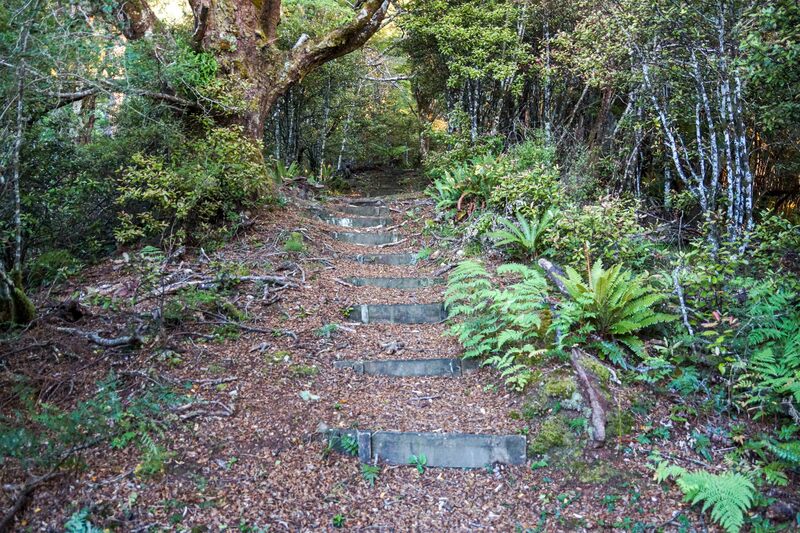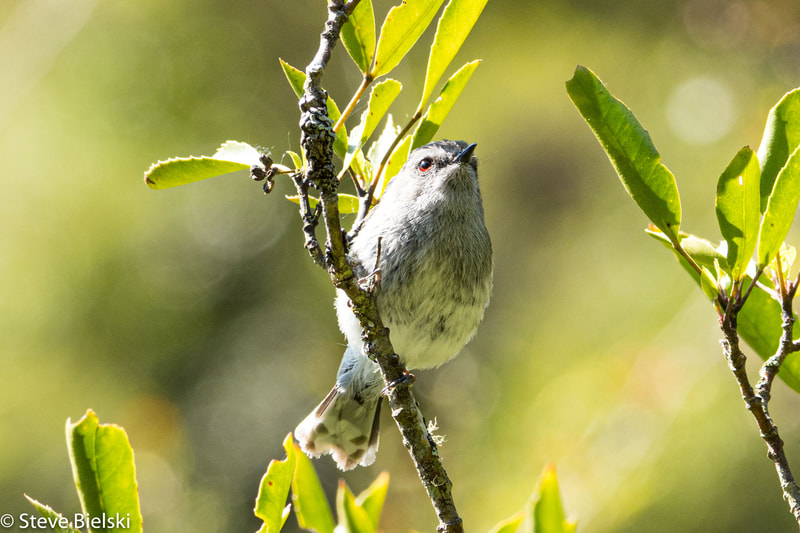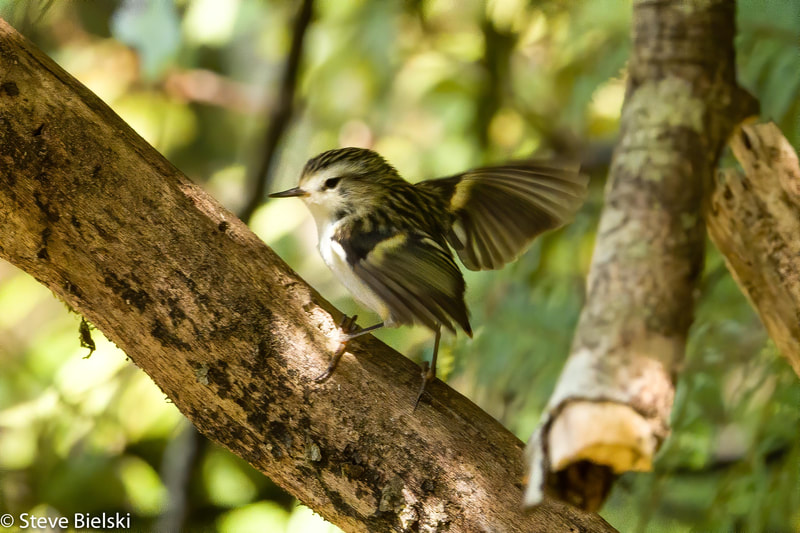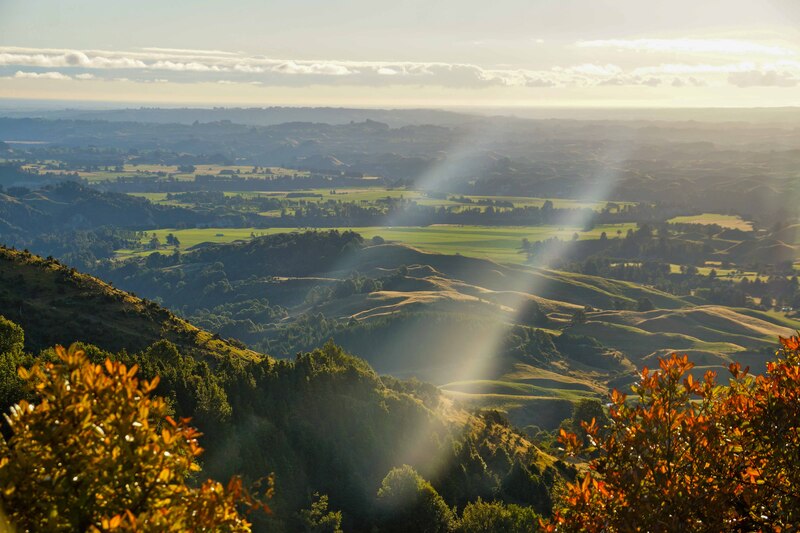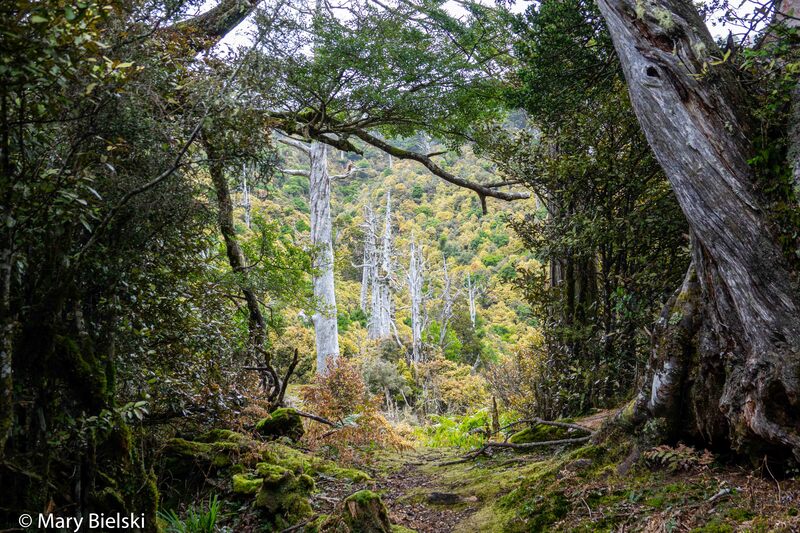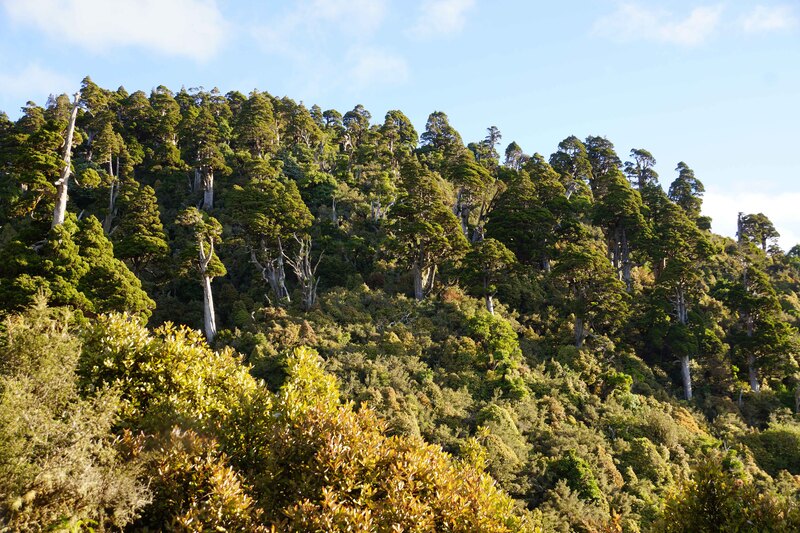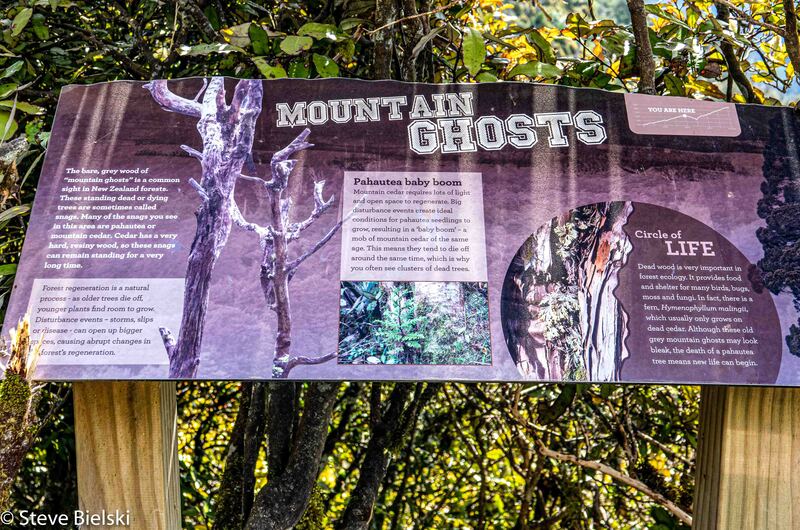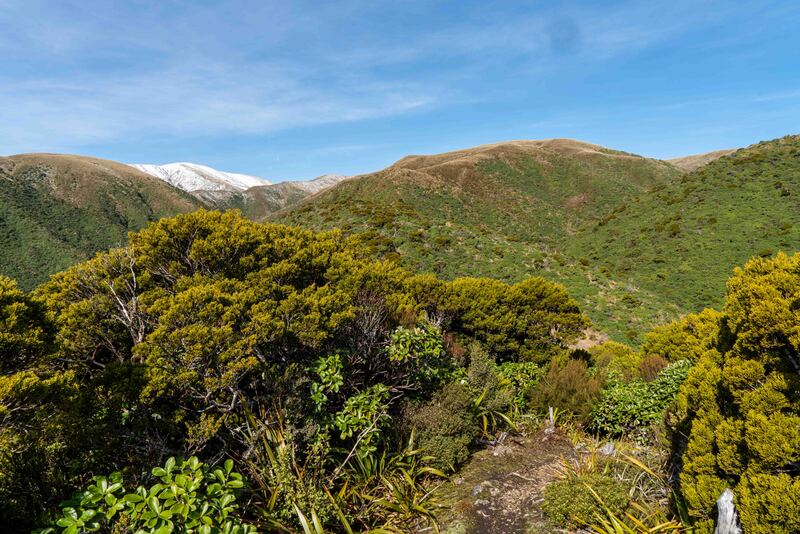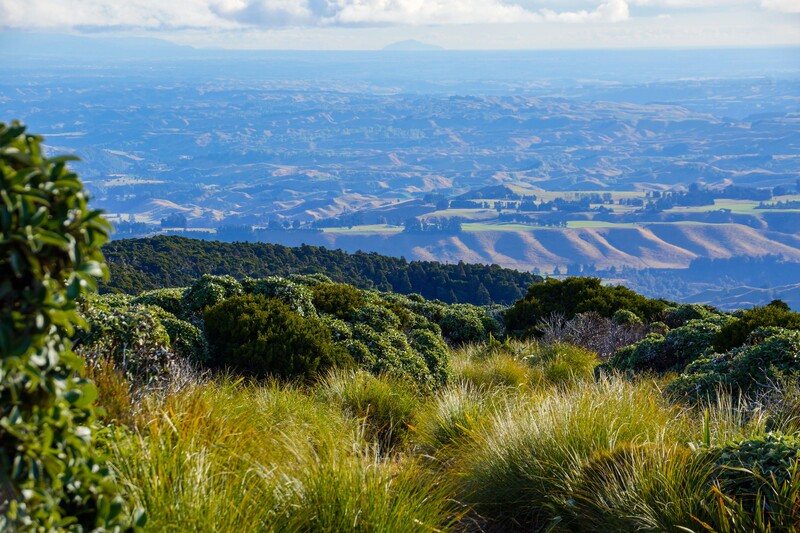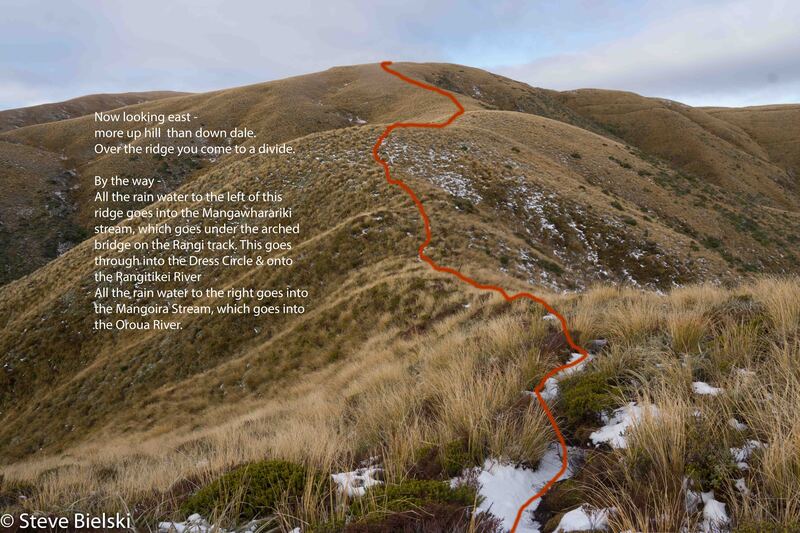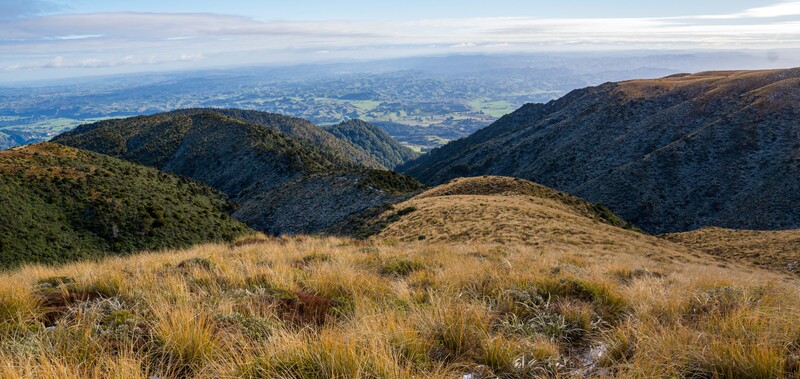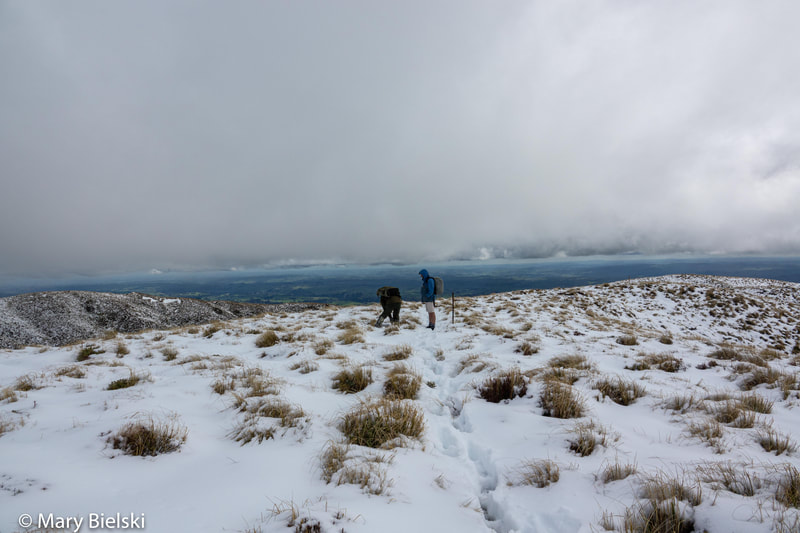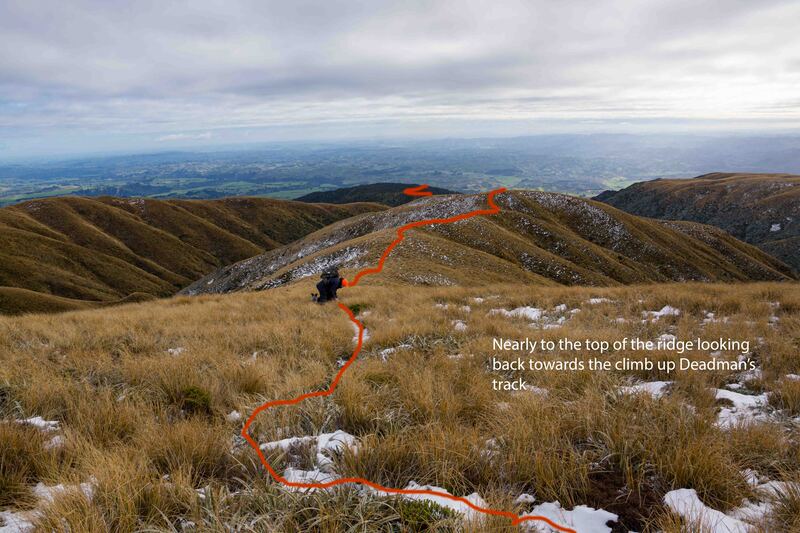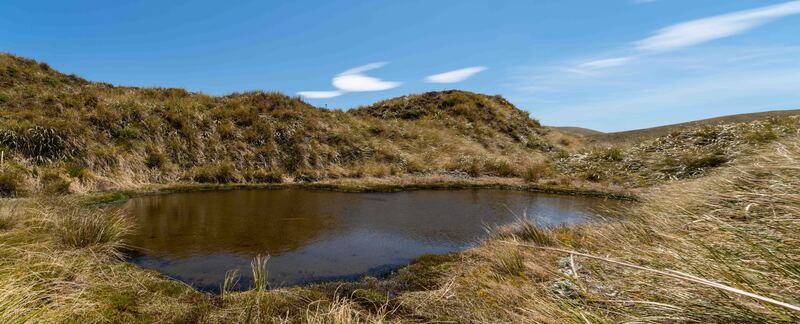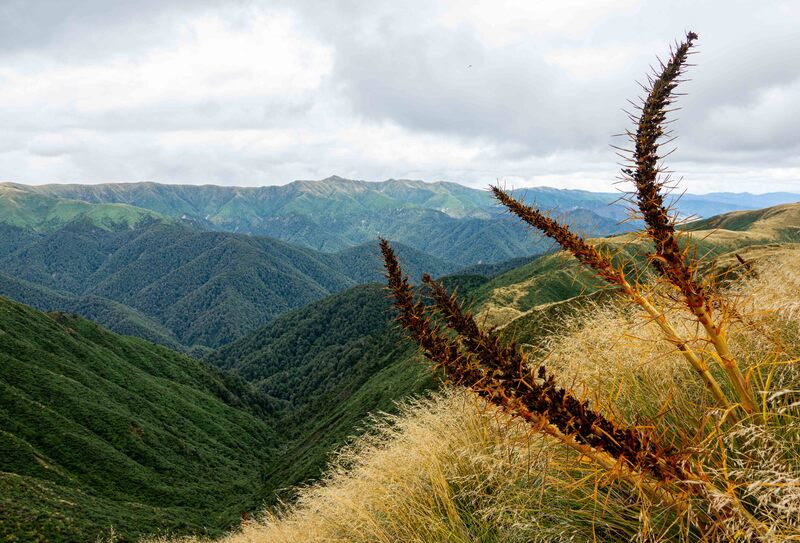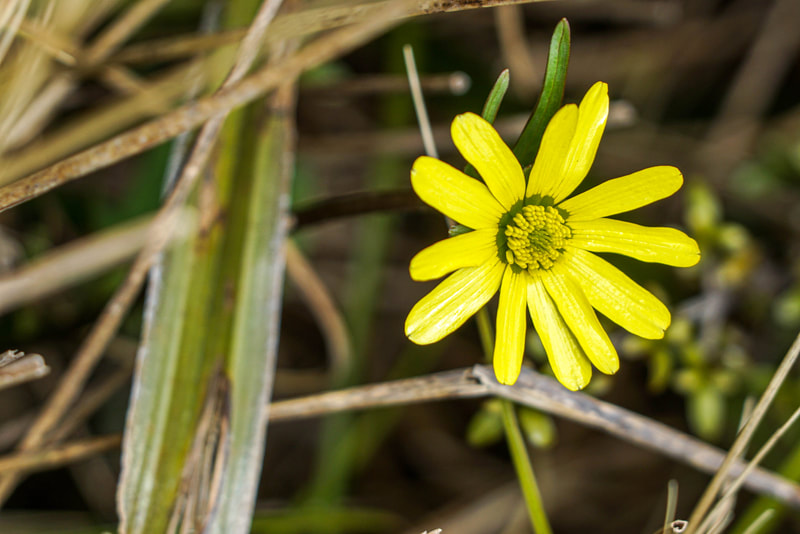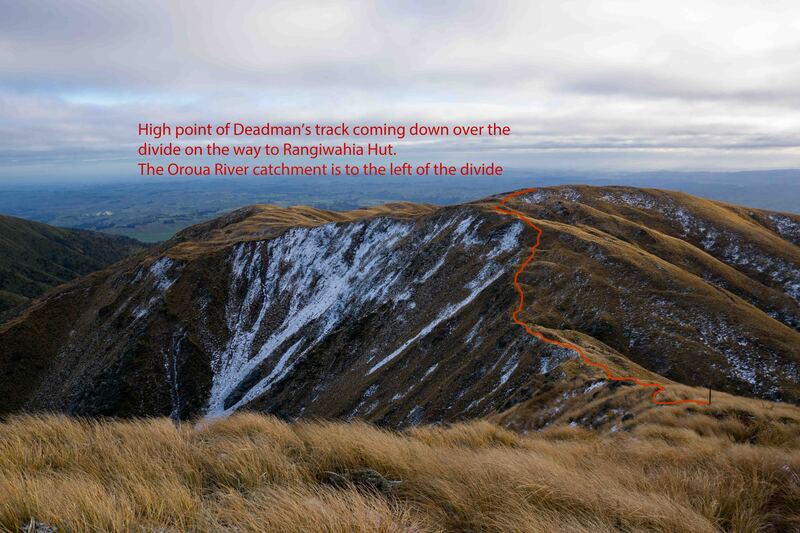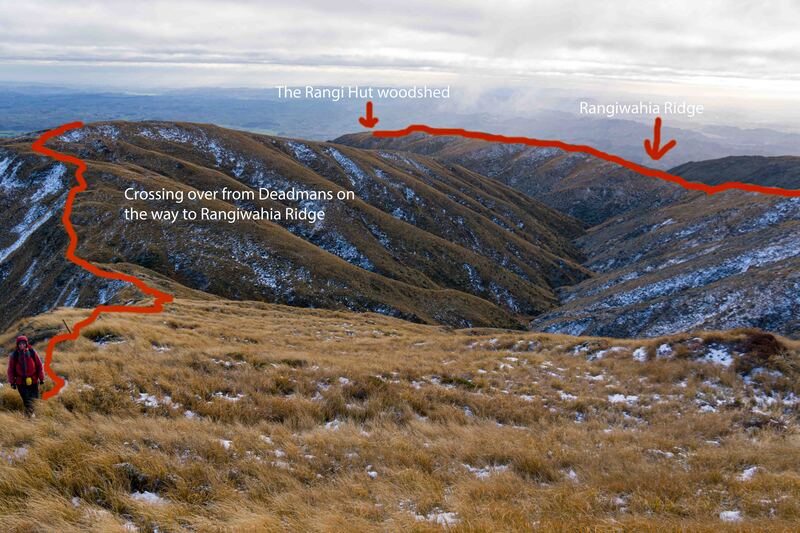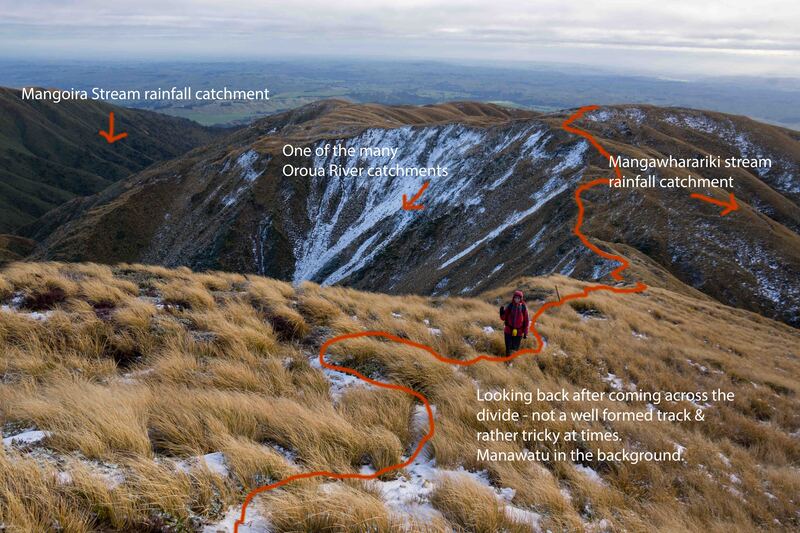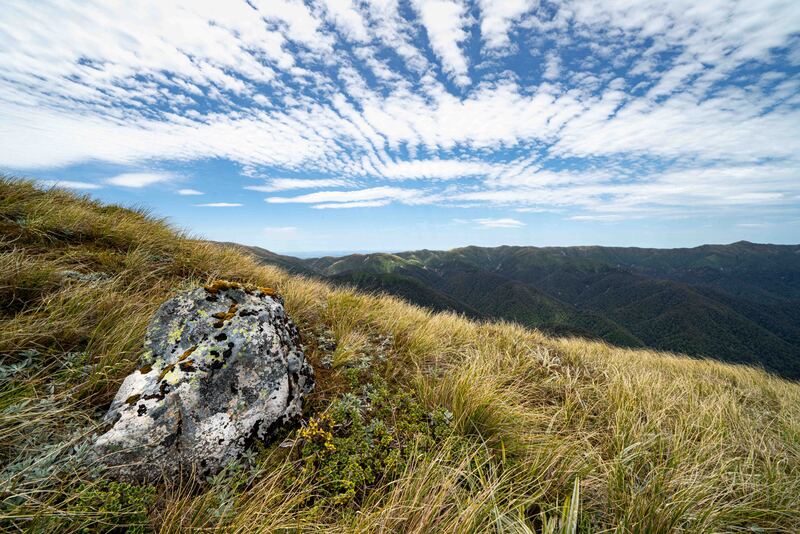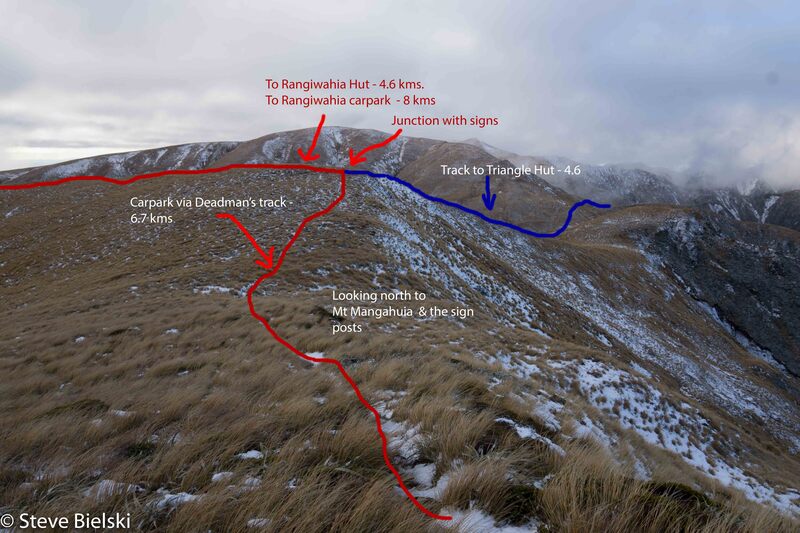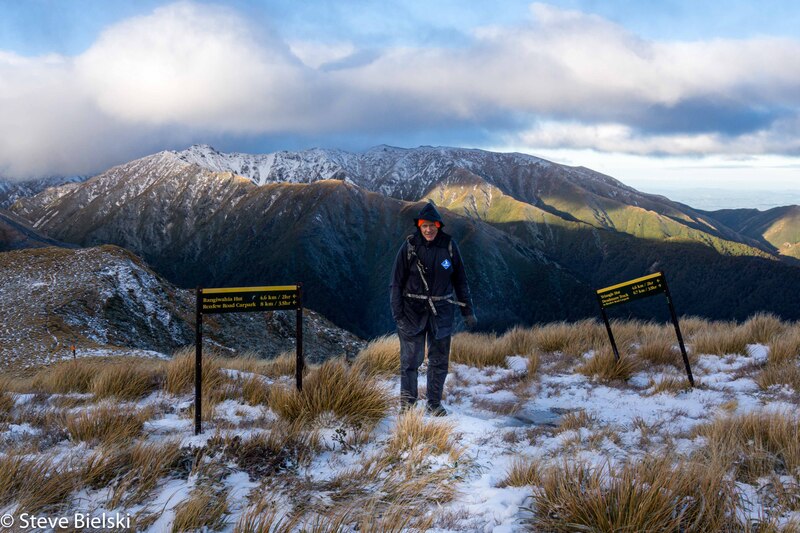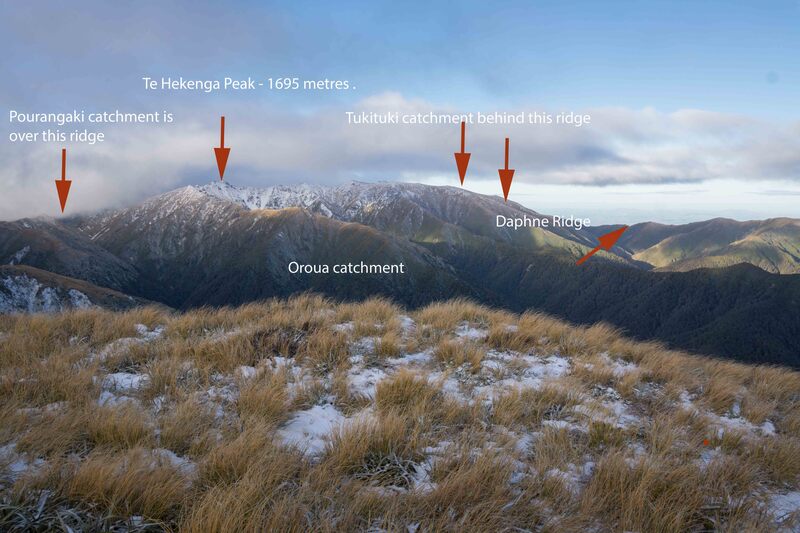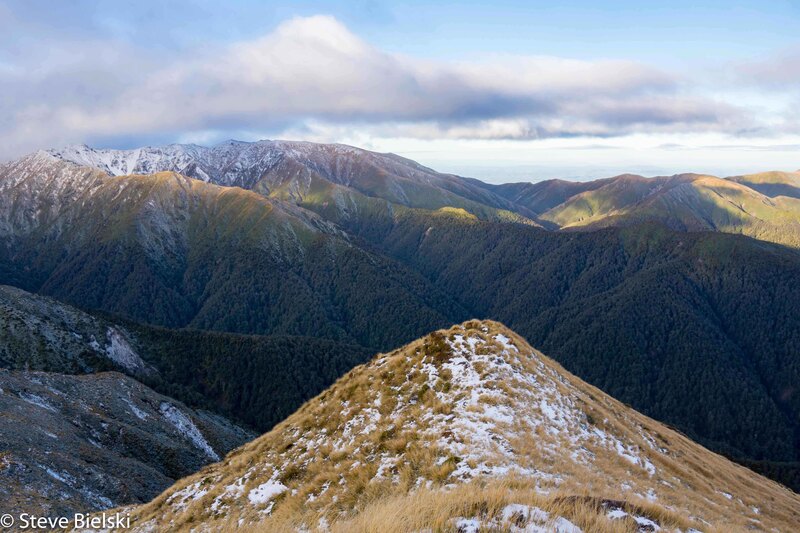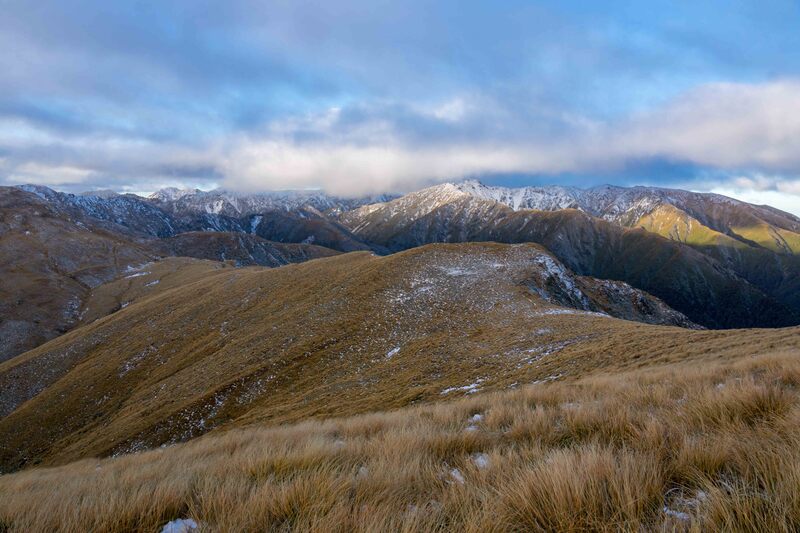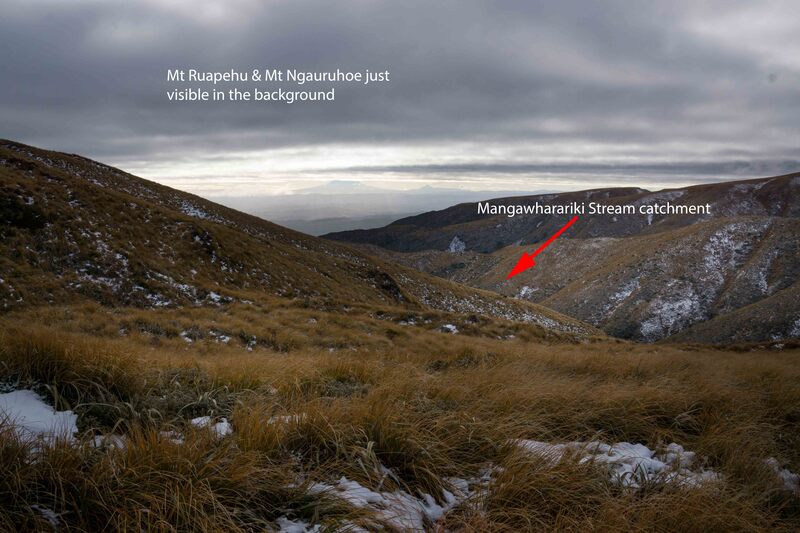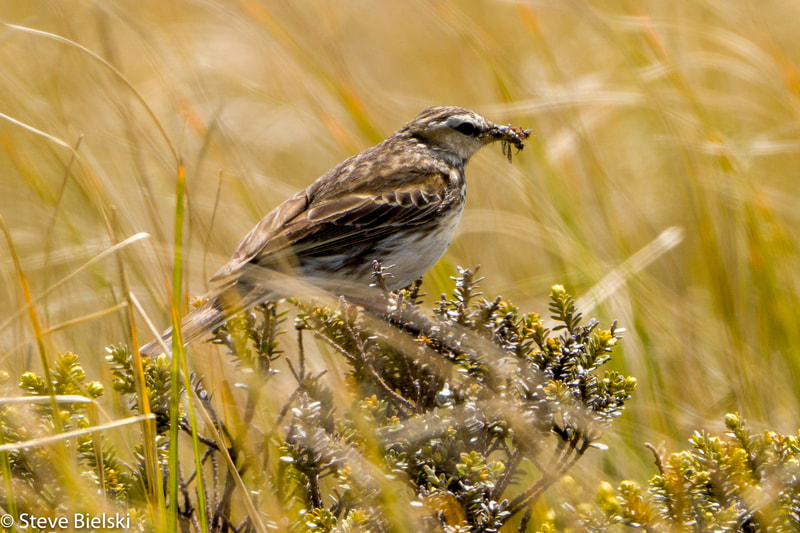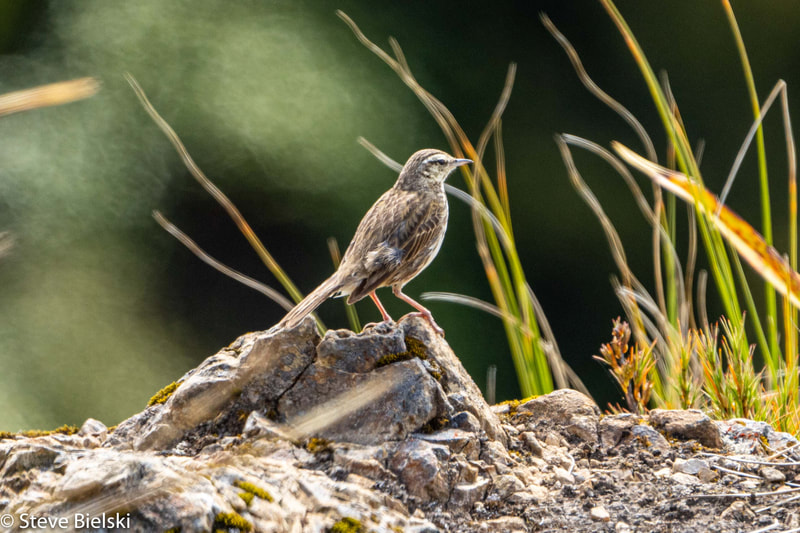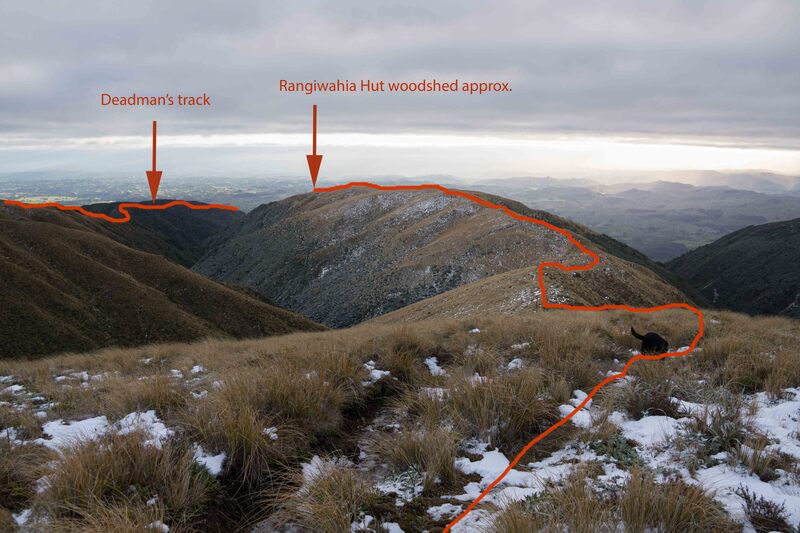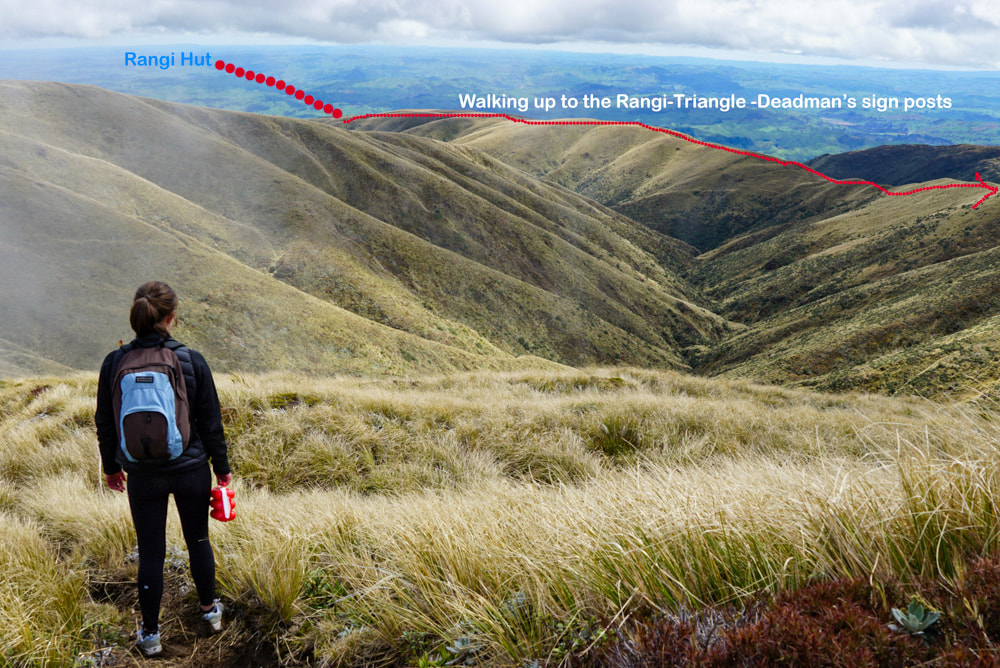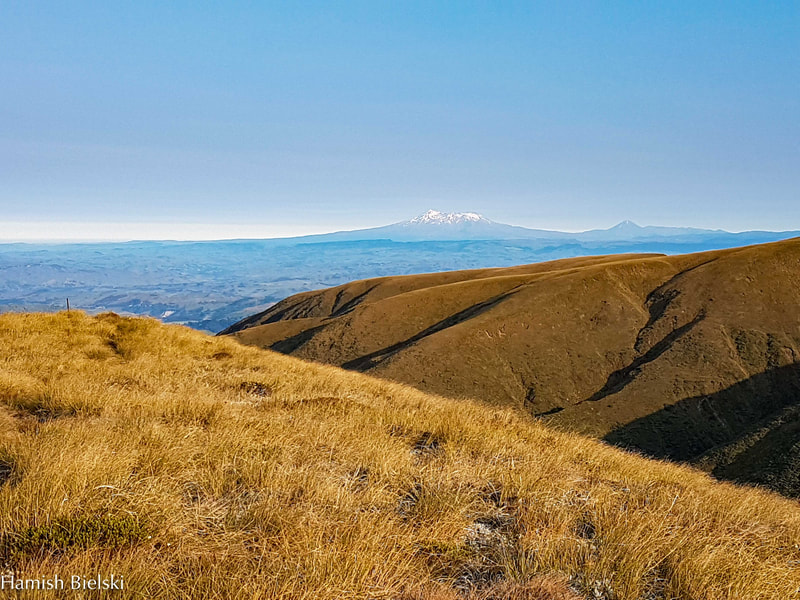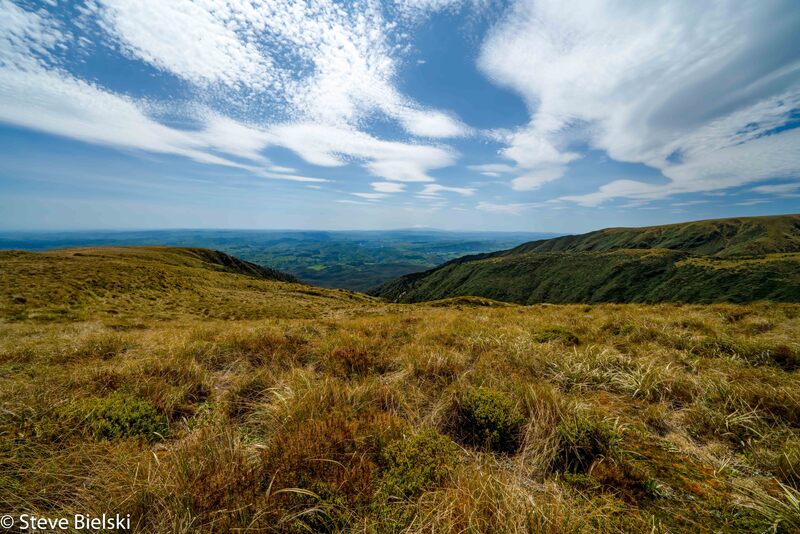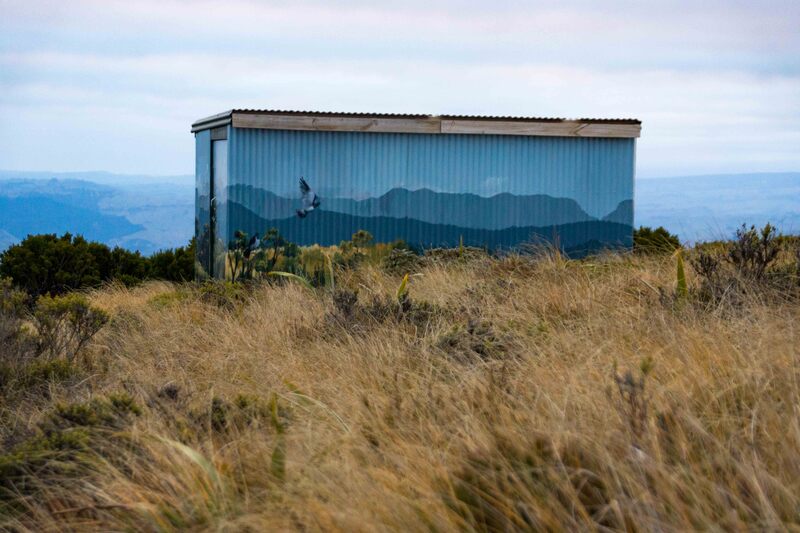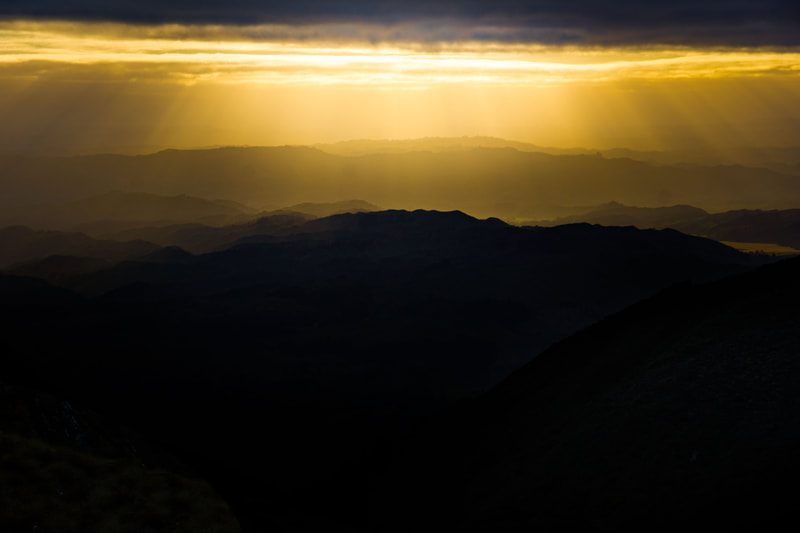deadman's track
|
The Rangiwahia car park is the starting point for either the Rangiwahia track or Deadman's track. Consequently, it is a popular loop hike, taking about 6 - 7 hours through a variety of beautiful nativevegetation (flora). The vegetation changes as the altitude increases. The predominately native beech forest, interspersed with giant rimu & totara, gradually becomes sub-alpine shrubland, which includes the leatherwood (Olearia colensoi) and the beautiful mountain cedar. The alpine flora comes into view, including tussock, speargrass and beautiful mountain flowers. Pepper woods are very common in the beech forest and sub-alpine flora. hey See 4th photo. The loop hike is not for the inexperienced or unfit and not advised in the winter months, as the tops are often covered in snow. The alpine section of the track is also very slippery and muddy. Through the beech forest & leather wood, the track is well marked and defined, but there is a relatively steep grade for the first 45-60 minutes. with plenty of wooden steps. Once through the sub-alpine flora, the tussock land appears. Once at the top, the hike continues down into a divide, where the track can be difficult to negotiate, especially when wet. You will pass near an alpine lake or tarn. Once over the divide, there is quite a climb to Mt Mangahuia, where there is a sign directing you either to the Rangiwahia Hut or right to Triangle Hut. The track continues over the Rangiwahia ridge to the Hut. Then finally you take The Rangiwahia Track back to car park. ALWAYS TAKE WARM CLOTHING EVEN ON LOVELY SUNNY DAYS. THE WEATHER CAN CHANGE RAPIDLY, ESPECIALLY ON THE TOPS. You will notice stoat traps on the loop track. Steve manages these 108 traps as part of The Oroua Whio Project & takes him about 8 hours to check & replace the eggs. Please do not touch the traps. You can txt Steve to let him know if you see any dead animals in a trap & please include the trap number. |
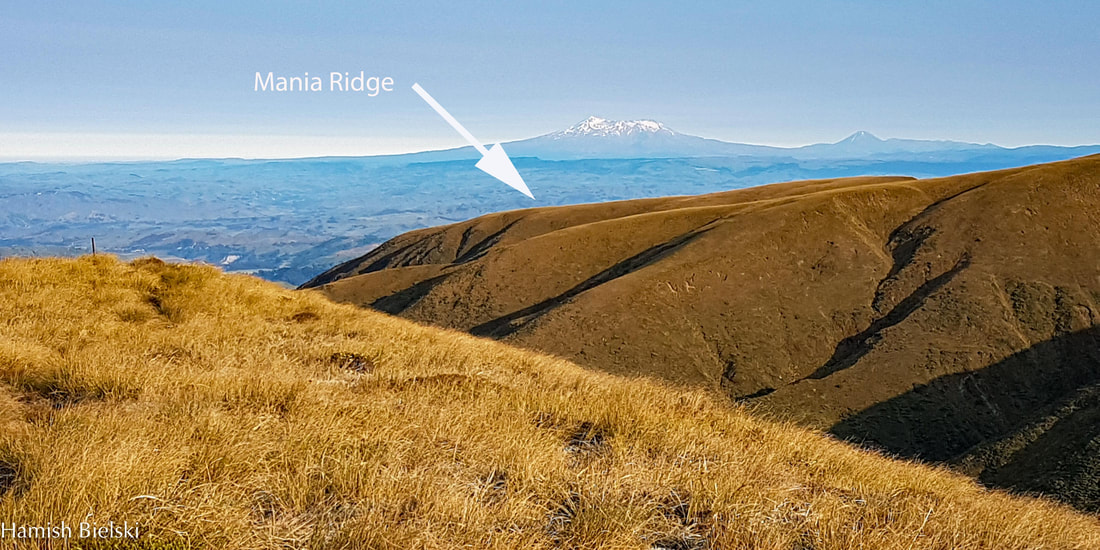
The views from the Deadman's-Rangiwahia loop are stunning. This is taken from Rangiwahia ridge leading to the hut, with Ruapehu in the background. Mania Ridge can be seen in the background. The sunlight has caused the far tussock ridges to look brown instead of the more green of the vegetation and the gold of the tussock. Just shows what light can do.
Why was the track called Deadman's? The story goes something like this. Back in the 1950's four hunters were in the area looking for a deer. One member of the party took aim at a deer somewhere in the leatherwood and dropped down dead. There was no formed track, so apparently the locals had to cut a track to take him out. It was named Deadmans. A sad story, but true. Outdoor Safety Code: 1. Plan your trip 2. Tell someone 3. Be aware of the weather 4. Know your limits 5. Take sufficient supplies For more information visit Adventure Smart Take a look at the photo gallery below.
I have added lines & arrows to show the tracks |
